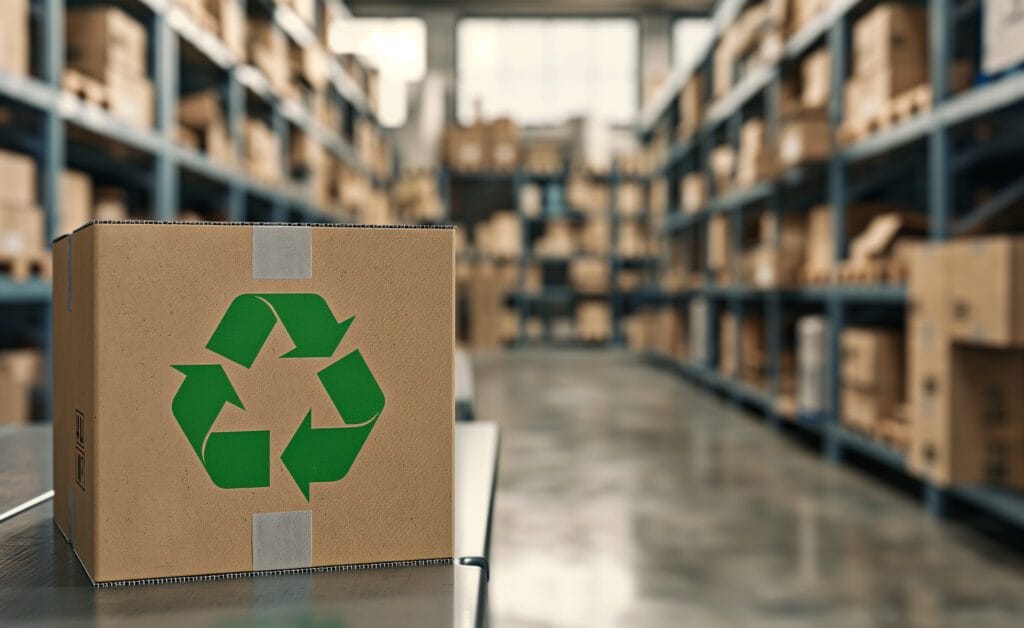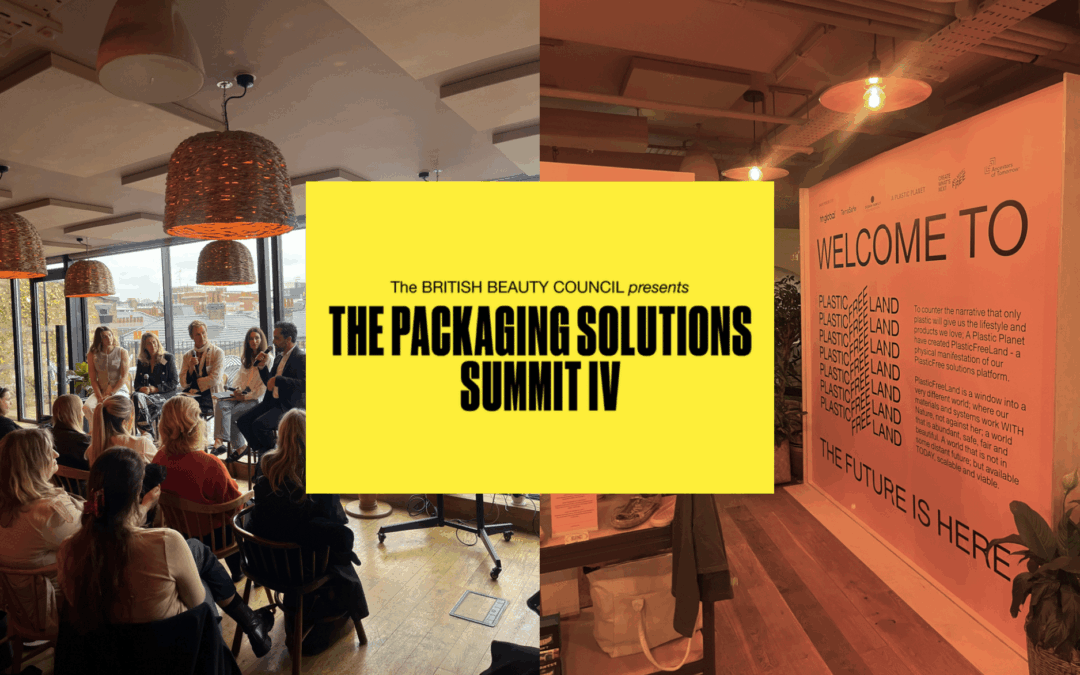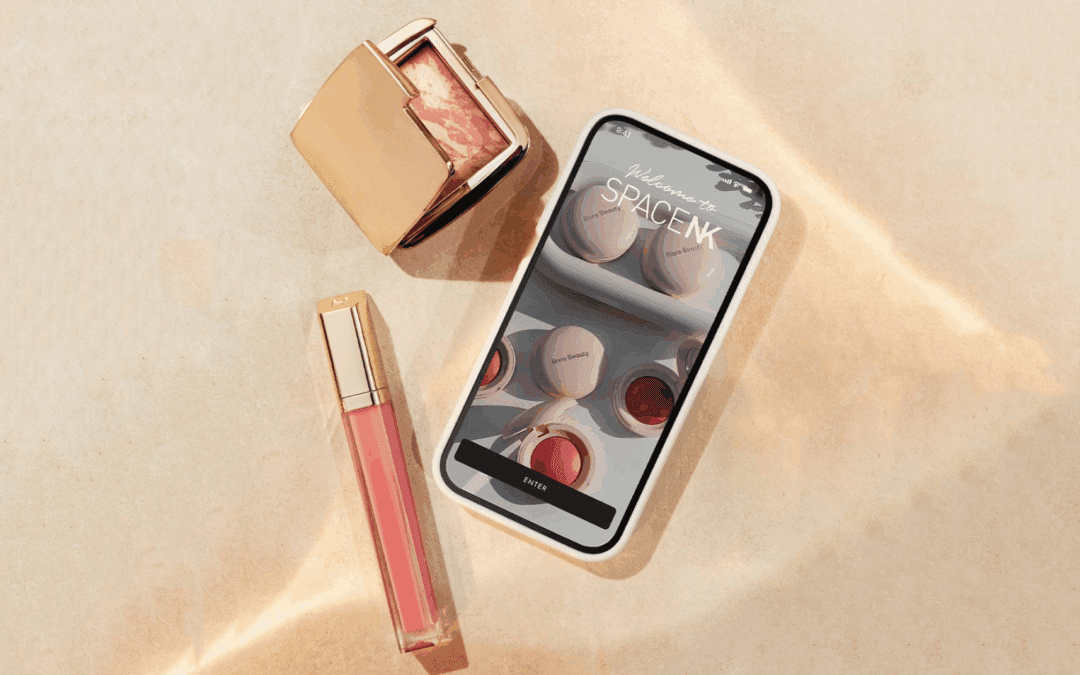The beauty industry is undoubtedly working to reduce its impact on the environment – to mark World Earth Day 2025, here’s how the prestige sector is shifting to meet the needs of savvy conscious consumers
Planet-friendly practices are increasingly becoming the norm in beauty, with a number of brands making their mark when it comes to waste management – did you see The Great British Beauty Clean Up? – and ensuring their green-claims are legitimate – check out the Planet Positive Beauty Guide.
That said, the beauty industry relies on people spending money on their favourite products which will undoubtedly continue to impact the planet and people that live on it until we find scalable, sustainable, solutions for our packaging, formulations and more.
As the consumer becomes increasingly educated about the impact of beauty on the planet, there has been clear shifts in how they consume. Ahead of Earth Day 2025, Circana – leading insights company – has shared its research into the performance of reduce, reuse and recycle tactics in prestige beauty.
With the segment contributing £4.1bn in 2024, prestige beauty’s influence in sustainable practices is key. So, let’s get into it:
The smart approach to ‘reduce’:
Emma Fishwick, Circana Account Director, says: ‘The combination of cost-of-living pressures, coupled with conscious consumer behaviour has resulted in some consumers seeking less products and an increase in demand for multi-purpose, multi-benefit products.’
‘Day & Night’ creams that serve multiple uses ‘are growing faster than the rest of the market’ as well as ‘products that serve multiple purposes, be it a lip and/or a cheek tint.’
Fishwick calls on brands to use this penchant for purchasing less to their advantage: ‘Leading brands in the market should increasingly launch versatile products, thus they reduce wastage whilst appealing to the consumer who aspires to purchase less.’
The continued rise of refillable beauty:
Refillable products are leading the charge when it comes to performance in the prestige beauty market.
‘In the first quarter of 2025, sales of product refills increased by +20% vs. 2024, growing ahead of topline prestige beauty growth of +8%,’ explains Kelly Ackroyd, Senior Account Manager at Circana. ‘That’s more than a quadruple increase in sales since 2021.’
But, how does this break down when it comes to categories? Ackroyd’s got the answers: ‘Fragrance is the most dominant category; however, skincare is having a moment, with sales up +46% so far this year, increasing share to 42% of total refills sold.
‘Core staples and everyday essentials resonate best in refills, due to dependability, and consumers are seemingly responding to increased simplicity in packaging and cost-effectiveness; refills consistently offer better value for money than buying brand new.’
Retailers lead on beauty recycling:
‘52% of prestige sales were made in store in 2024,’ shares Emma Fishwick. So, it’s a no-brainer for retailers and brands to increase their in-store recycling for consumers who are willing to splurge on beauty.
The British Beauty Council’s Great British Beauty Clean Up put this into focus with John Lewis, Elemis, L’Occitane and more pushing their recycling agendas.
Fishwick finishes: ‘Not only are these schemes beneficial to the environment, but some retailers are also incentivising consumers to leverage their recycling schemes, offering them loyalty points for recycling their empty packaging. Win, win.’
Image credit: Liz Collins




